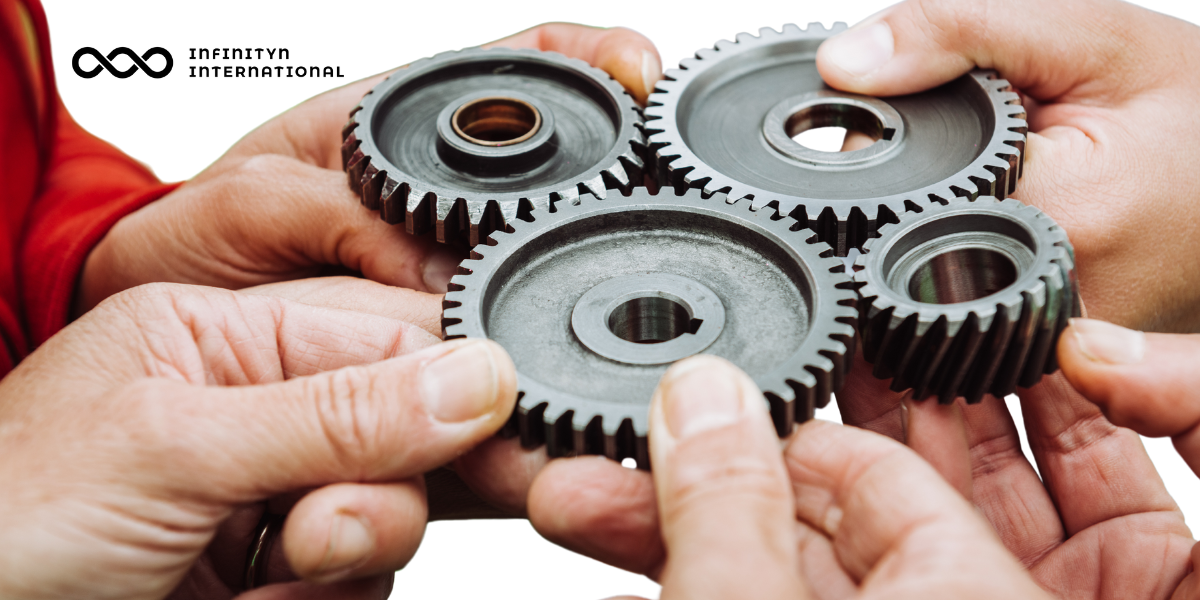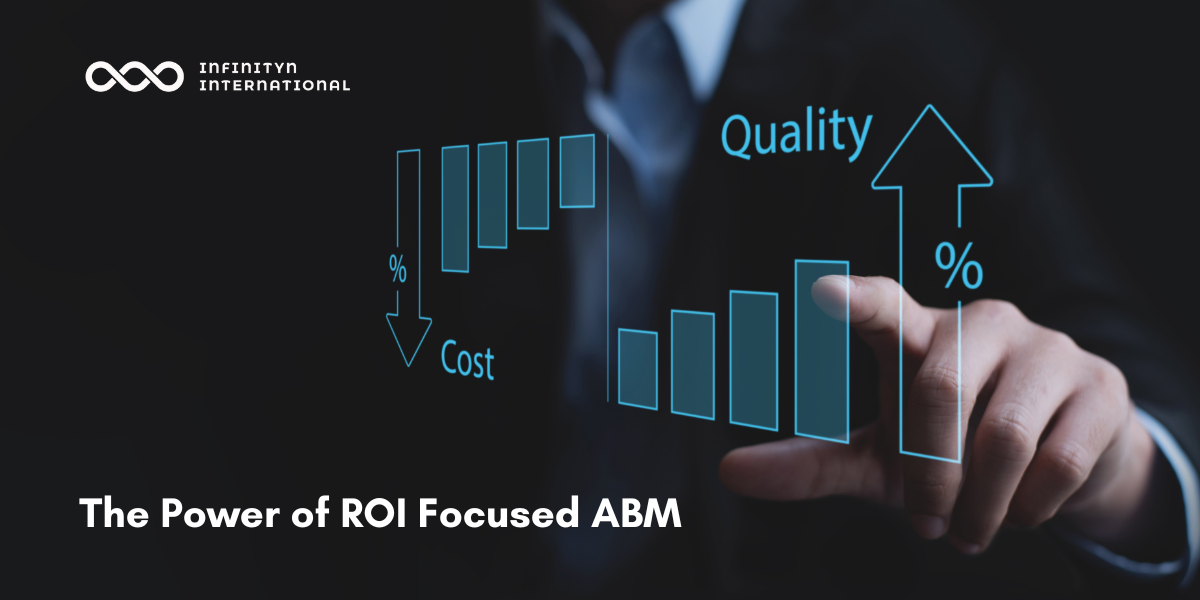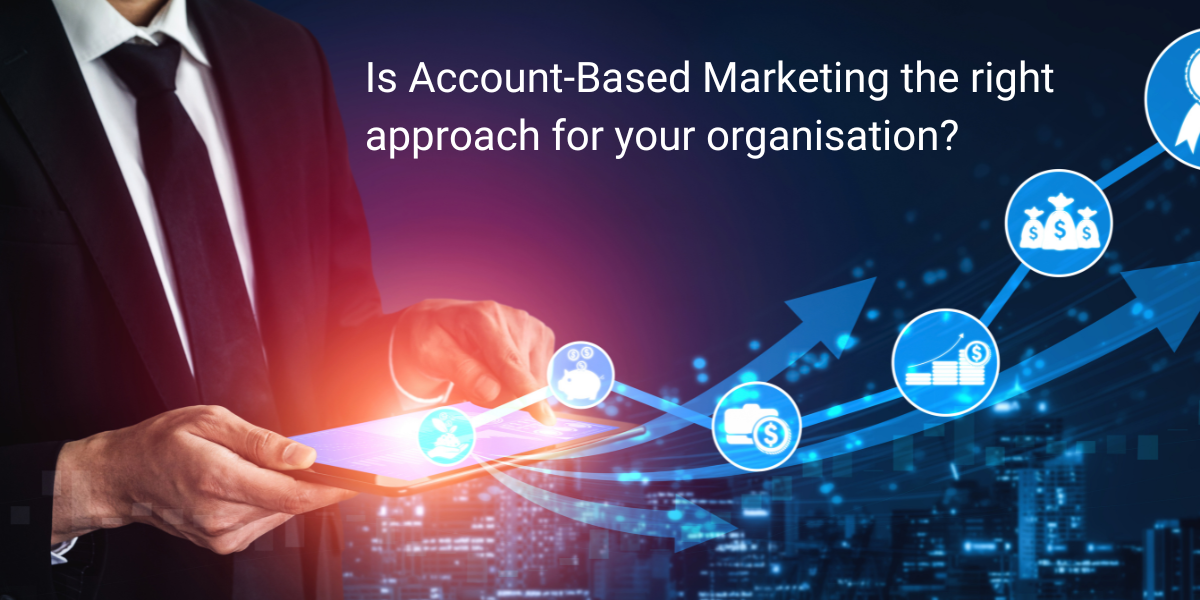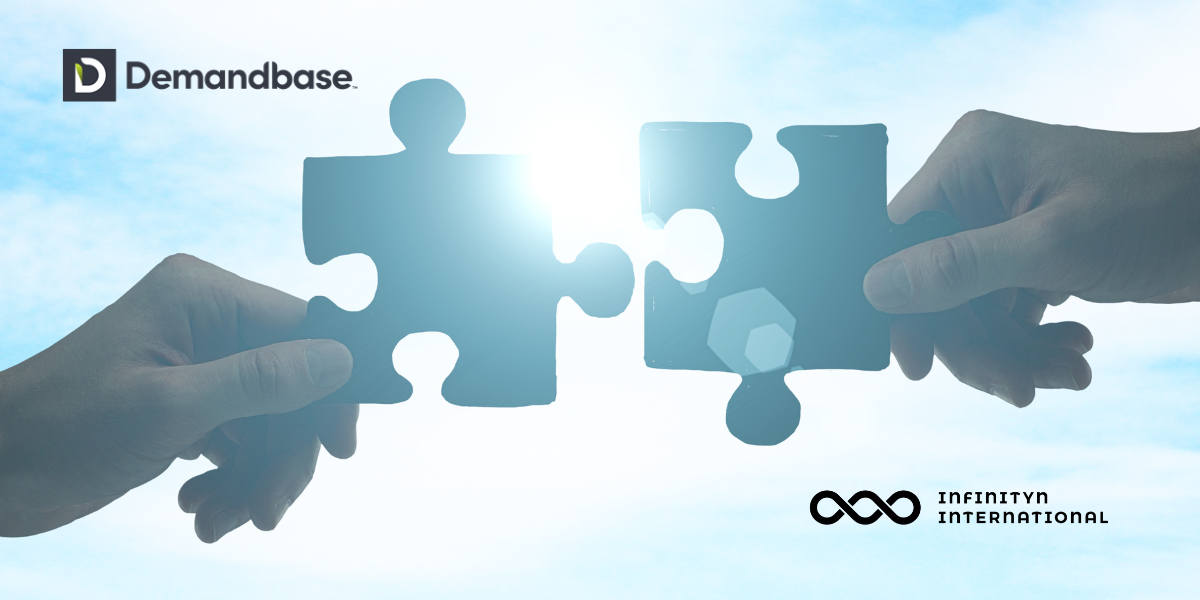The Ad Platform That’s Changing The B2B Game - See Why We Bet on Demandbase Ads
B2B advertising has a targeting problem. Most platforms weren’t built for the complex, multi-person sales journeys we see in real buying committees....
.png)
There’s a point in every company’s growth when the numbers stop adding up. The leads keep coming, but the pipeline stalls. Meetings are booked, yet deals don’t close. The strategy appears sophisticated on paper, but beneath the surface, the machine grinds and groans. That’s usually the moment someone says, “We need ABM.”
The idea is seductive: precision over volume, strategy over noise. However, for many firms, what follows is a prolonged struggle between ambition and execution. ForgeX’s ABM Maturity Report shows that while nearly every B2B team claims to run account-based programs, only a few have made them work at scale. Most are still learning what “maturity” really means.
ABM starts like a diet in January: optimism, discipline, dashboards. Everyone’s on board until the novelty fades. Sales forgets to log follow-ups, marketing falls back on bulk emails, and the once-promising pilot becomes another item on the quarterly review slide.
ForgeX’s research indicates that most ABM programs are still relatively young, with an average age of under three years. Few have the structure or longevity to produce consistent ROI. Only a third of companies have a written charter that defines their ABM’s purpose, goals, and rules of engagement. Without it, departments chase different versions of success, and the result is motion without direction.
%20(1500%20x%20400%20px)%20(2).png?width=869&height=232&name=Blog%20Quote%20(1500%20x%20600%20px)%20(1500%20x%20400%20px)%20(2).png)
When ABM grows up, it trades slogans for systems. Mature programs share three traits: strategic alignment, precision in execution, and relentless refinement.
Strong ABM begins at the top. Executive sponsorship isn’t a signature on a budget request; it’s a shield against distraction. ForgeX found that 84 percent of high-performing programs had leaders who personally championed the initiative across departments.
Mature programs also institutionalize alignment. They established Centers of Excellence to standardize methods and train new teams. They run shared planning cycles between sales, marketing, and success. ABM stops being a marketing tactic and becomes the framework for how the company approaches revenue.
In these organizations, every function thinks in account terms. Product marketing refines messaging based on account feedback. Sales development times outreach to match intent signals. Customer success utilizes the same data to identify churn risk or potential cross-sell opportunities. The effect is cumulative: one unified rhythm replacing three competing beats.
Advanced teams know exactly who they’re trying to reach. Their Ideal Customer Profile isn’t a PowerPoint slide; it’s a living system refined by performance data. They segment carefully: a few strategic accounts for one-to-one focus, clusters for one-to-few campaigns, and a scalable base for automation.
ForgeX found that less than half of practitioners have a truly well-defined ICP. The rest rely on “somewhat defined” lists, which is another way of saying guesswork. Mature programs avoid that trap. They select accounts deliberately, build tailored engagement plans with sales, and stay committed long enough for patterns to emerge.
Technology sharpens the edge. Demandbase’s DSP utilizes intent data to target the entire buying committee, rather than random contacts. Instead of blanket advertising, campaigns prioritize relevance.
%20(1500%20x%20400%20px)%20(3).png?width=865&height=231&name=Blog%20Quote%20(1500%20x%20600%20px)%20(1500%20x%20400%20px)%20(3).png)
In mature ABM, reporting isn’t a chore; it’s the steering wheel. Teams measure engagement depth, buying stage movement, and revenue influence. They adjust course in real time.
More than 90 percent of top-performing programs now use AI to guide their account selection, content personalization, or bidding strategy. But the key is not the toolset, it’s integration. The most advanced teams feed AI insights directly into human decision-making. They understand that automation is a helper, not a replacement.
Every quarter becomes an experiment. When a campaign resonates, they dissect why. When engagement dips, they investigate. Maturity doesn’t mean perfection; it means awareness.
Forget the vanity metrics for a moment and ask a few hard questions:
If too many answers make you hesitate, your ABM is still growing up. That’s not failure. It’s the stage before success.
ForgeX found that companies using multiple ABM models, Enterprise, Growth, and Deal-Based, achieve higher ROI than those using one. Enterprise ABM deepens relationships. Growth ABM scales efficiently through automation. Deal-Based ABM accelerates in-pipeline wins. The most mature organizations seamlessly blend all three into one cohesive motion, adjusting their approach based on business goals.
Behind every successful ABM strategy is curiosity. The best teams know their audience beyond the persona sheet. They understand what their buyers worry about, how they measure success, and what keeps them from changing vendors. As one expert in the ForgeX study said, “Mature organizations know their targets like friends. They think about them even when they’re not in meetings.”
That empathy can’t be automated. It’s the line between personalization and performance art.
Mature ABM programs deliver larger deals, better win rates, and faster sales cycles. They also waste less money because every action ties back to a defined account and objective. But the real benefit is cultural.
When a company matures in ABM, it starts thinking less about leads and more about relationships. It stops shouting into the market and starts listening to it. Departments that once competed for credit begin to share in their success.
That’s what maturity looks like: not a dashboard, but a shift in behavior. And in the noisy, data-heavy world of B2B, that quiet, focused precision is what wins.
ForgeX, ABM Maturity: What Sets Advanced Programs Apart, 2025
Demandbase, Advertising Deep Dive 2025
Forrester, Signal-Based Engagement Report, 2025
LinkedIn B2B Institute, The Buying Committee in 2024
Need expert guidance to boost your ABM results?

B2B advertising has a targeting problem. Most platforms weren’t built for the complex, multi-person sales journeys we see in real buying committees....

Traditional lead generation is a numbers game. Account-based is a relevance game.

In the bustling landscape of modern business, data reigns supreme as the cornerstone of strategic decision-making. Yet, amidst the deluge of...

Amidst the constantly shifting terrain of contemporary marketing, the concept of Account-Based Marketing (ABM) has emerged as a game-changer for...

In the dynamic world of B2B marketing, Account-Based Marketing (ABM) has surfaced as a game-changing strategy, yielding significant returns on...
%202.jpg)
Marketing goes beyond promotion. Marketing is creativity, profound planning, understanding of your audience, analysing data – especially nowadays,...
-1.png)
Your LinkedIn profile is most often the first time someone actually gets to know you – before a handshake, Zoom call, or even an email. If it's a...

2 min read
Thirty years ago I sat in a training classroom and learned to colour bright red flags beside every missing stakeholder on my Strategic Selling...

In the ever-evolving marketing strategies, Account-Based Marketing (ABM) has emerged as a powerful approach that focuses on targeting specific...

In the dynamic and competitive business environment of today, the adoption of Account-Based Marketing (ABM) represents a strategic shift towards...

In the dynamic realm of B2B marketing, collaboration often breeds innovation and success. This finds vivid expression in the strategic partnership...

Strategic Investment in Technology In the ever-evolving landscape of business, the journey from product ideation to market success is riddled with...